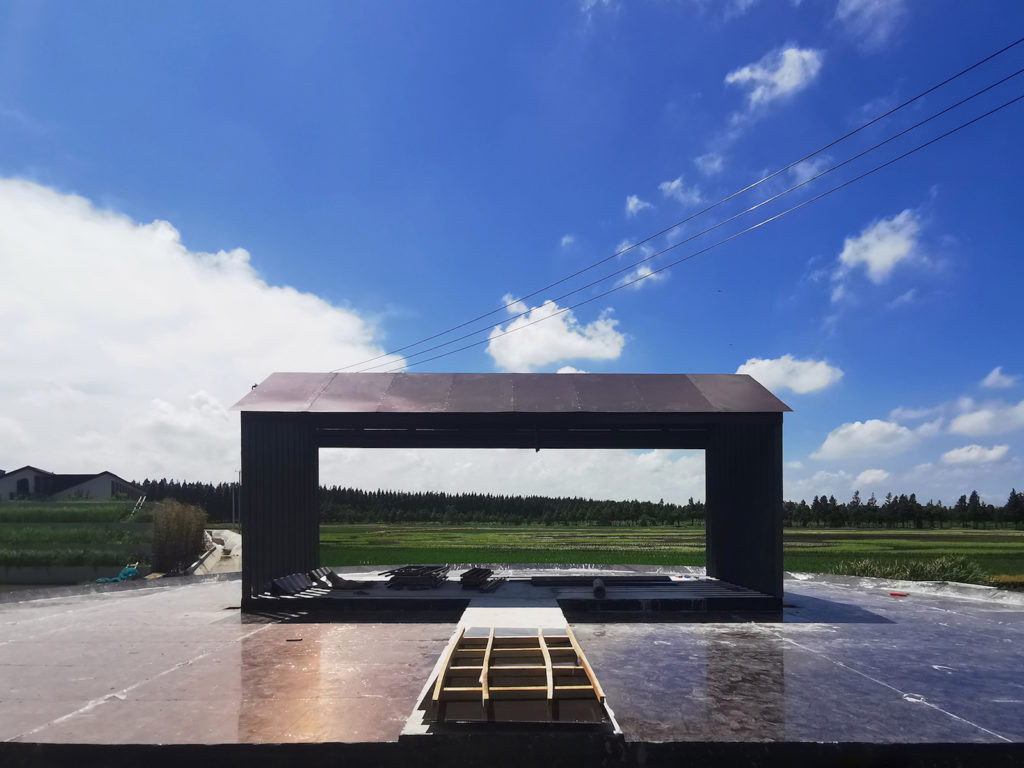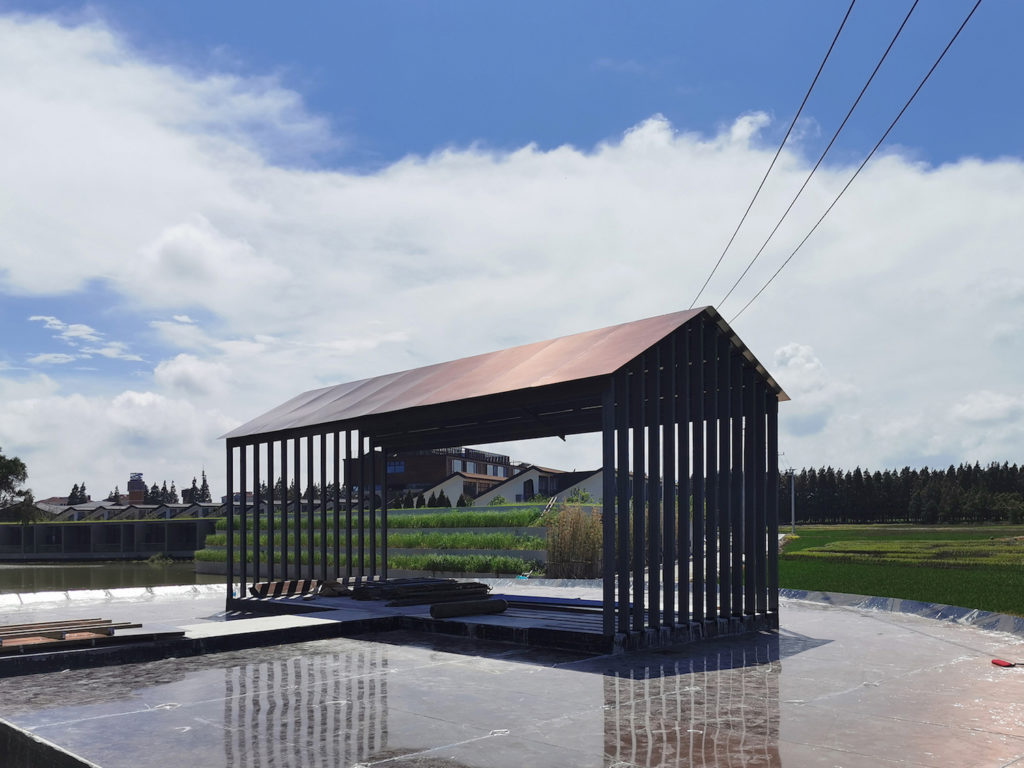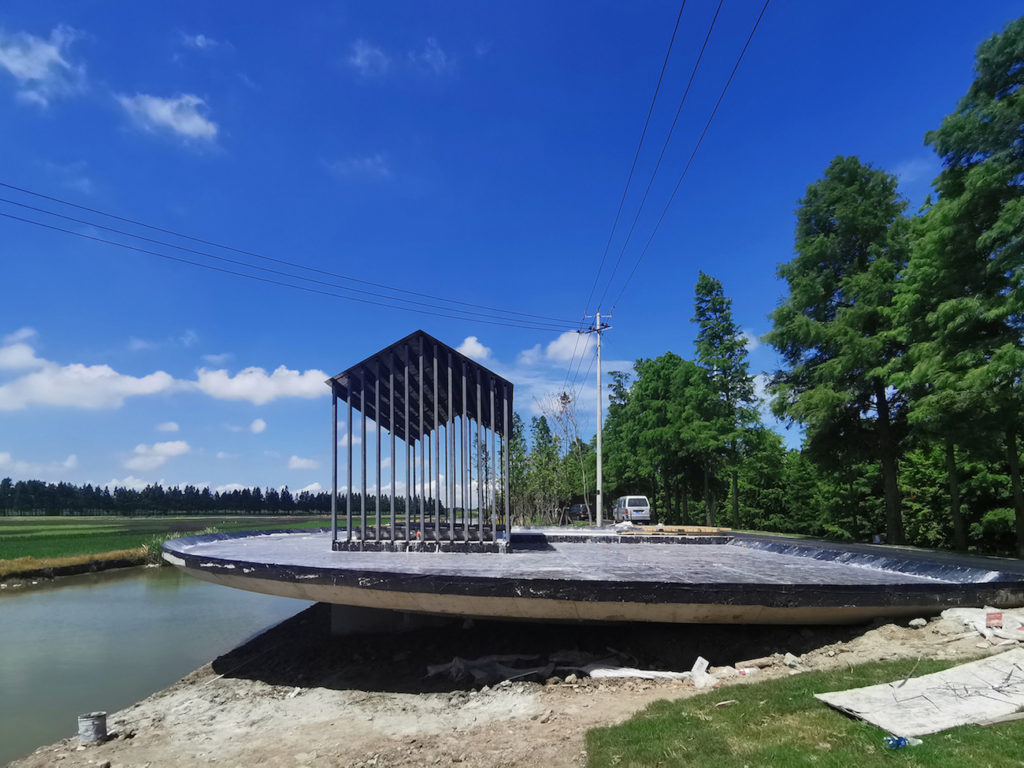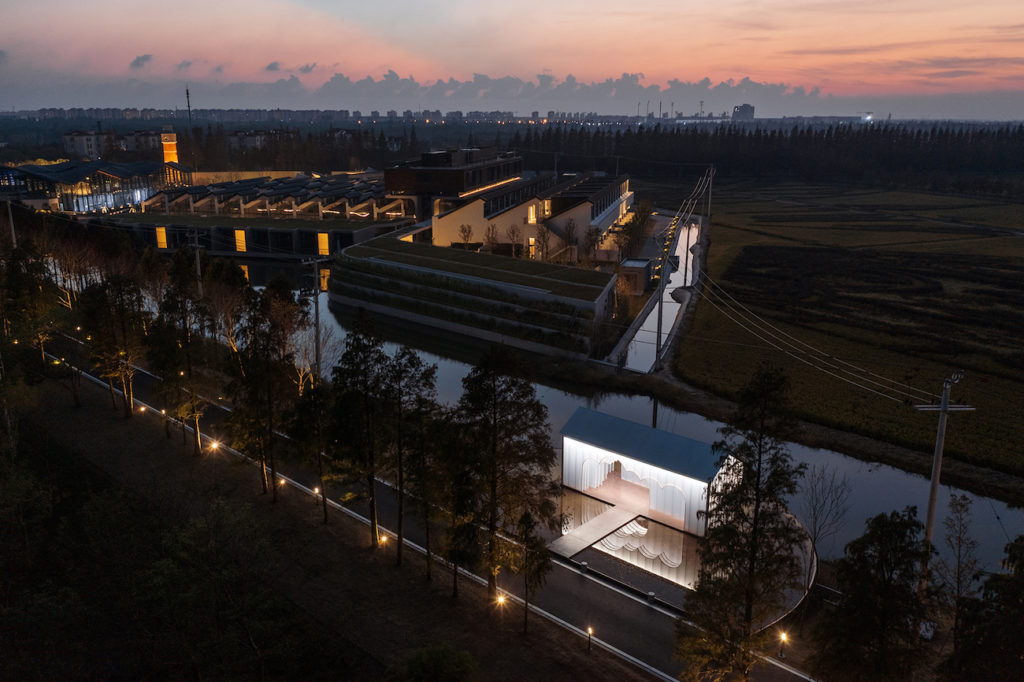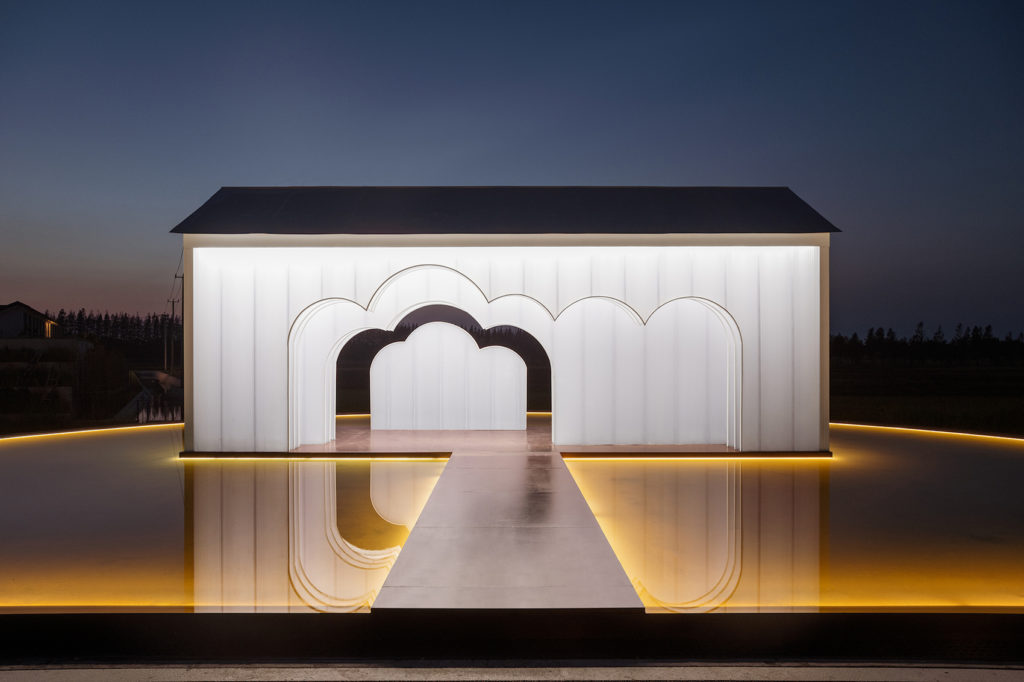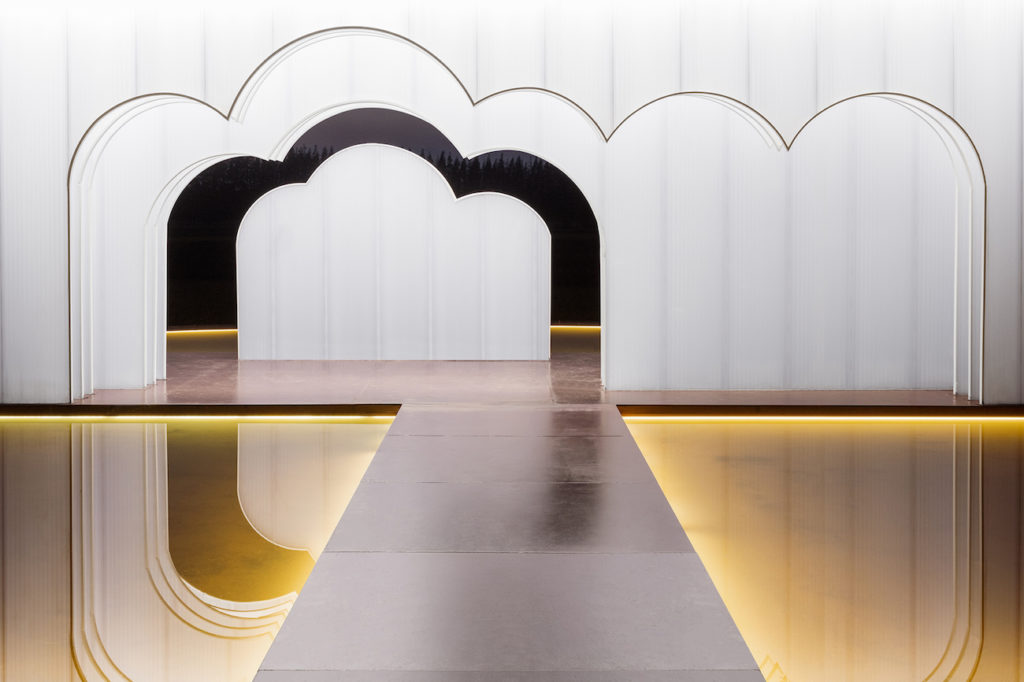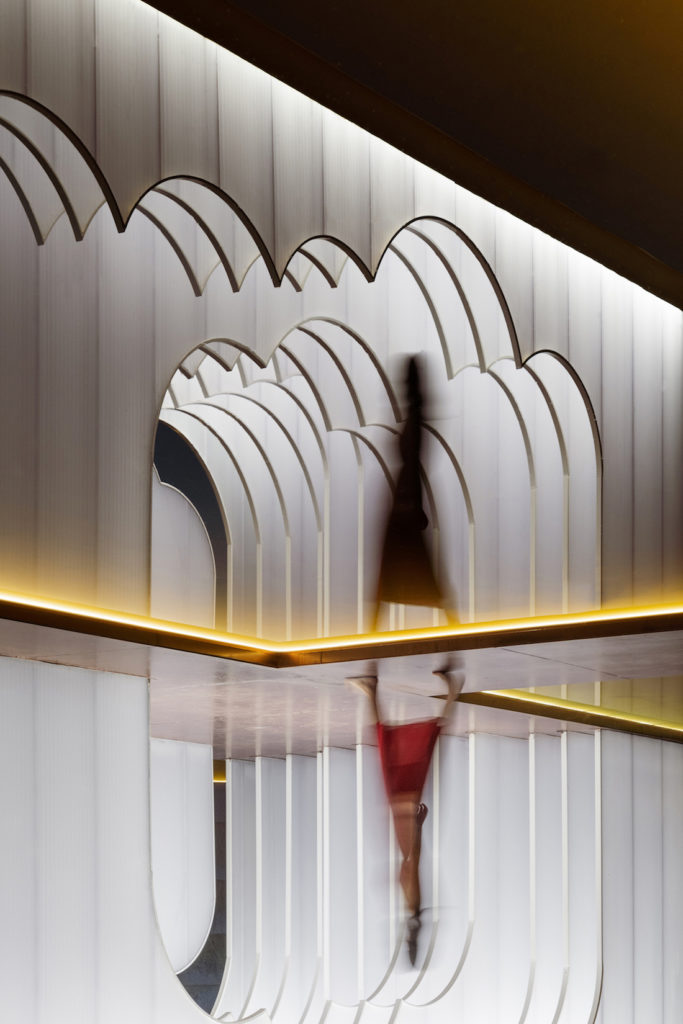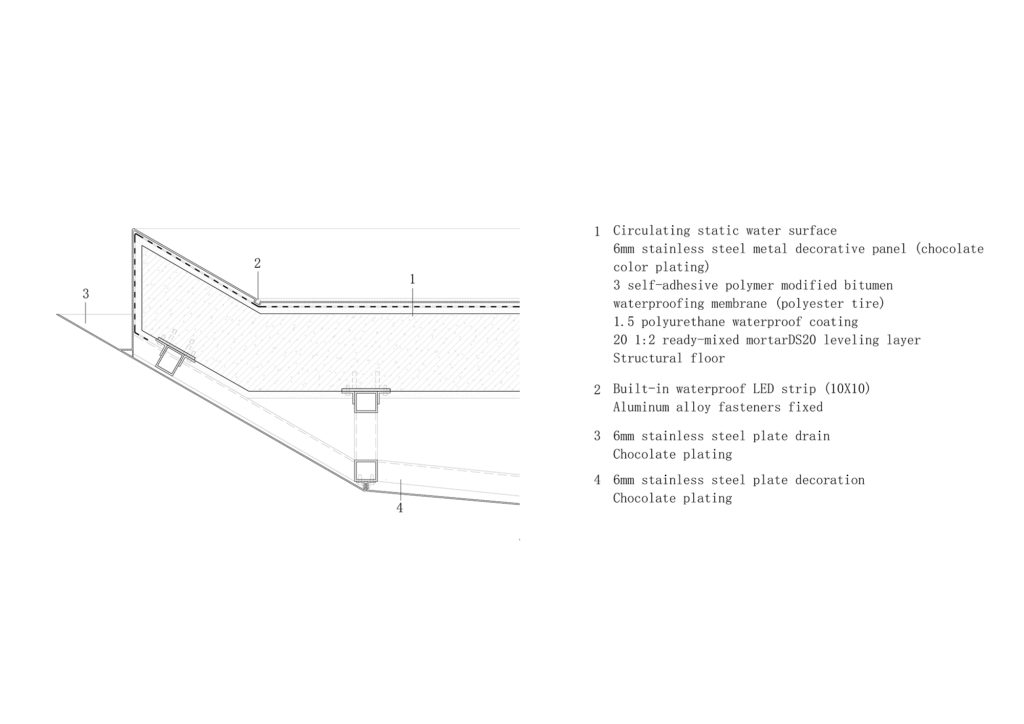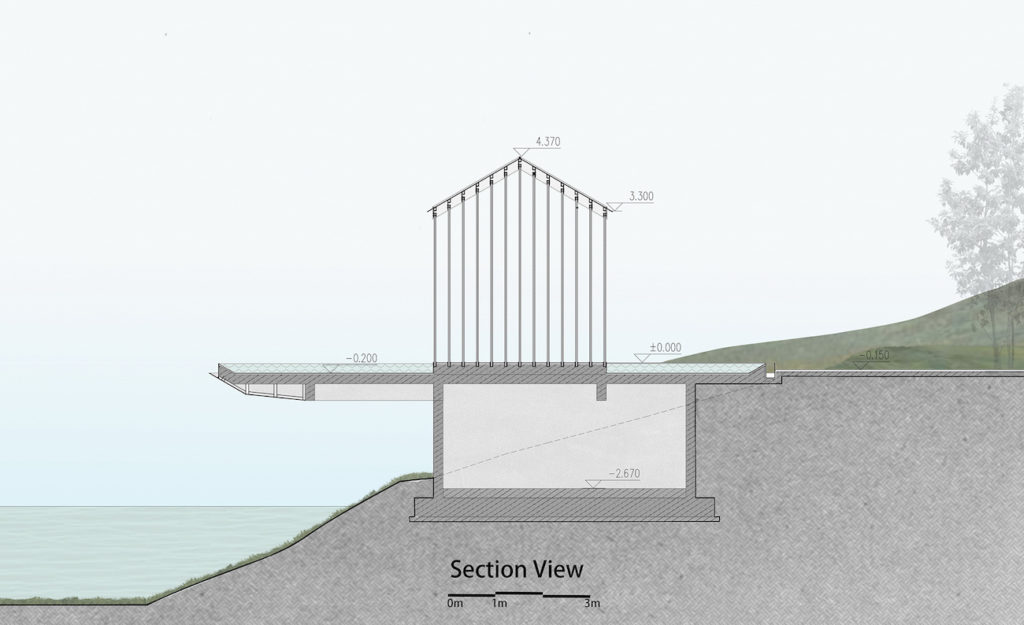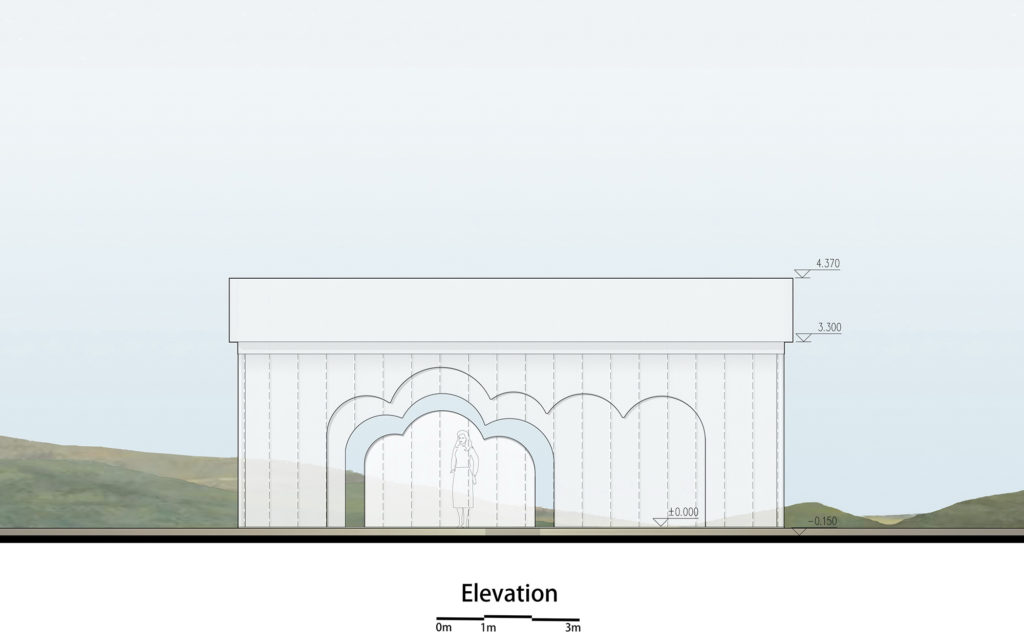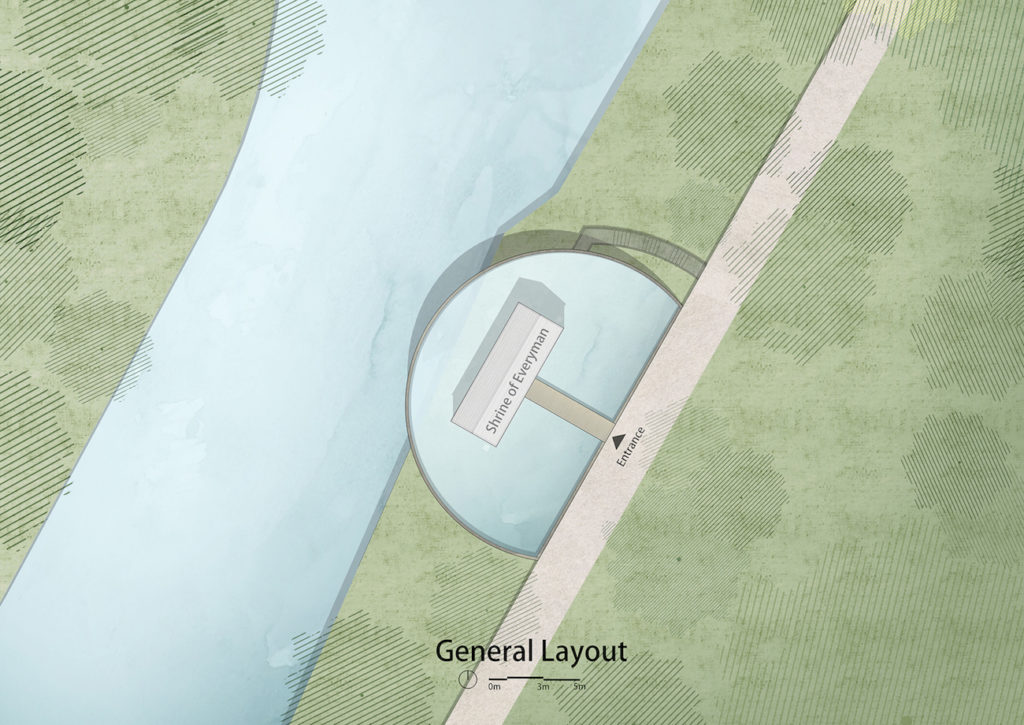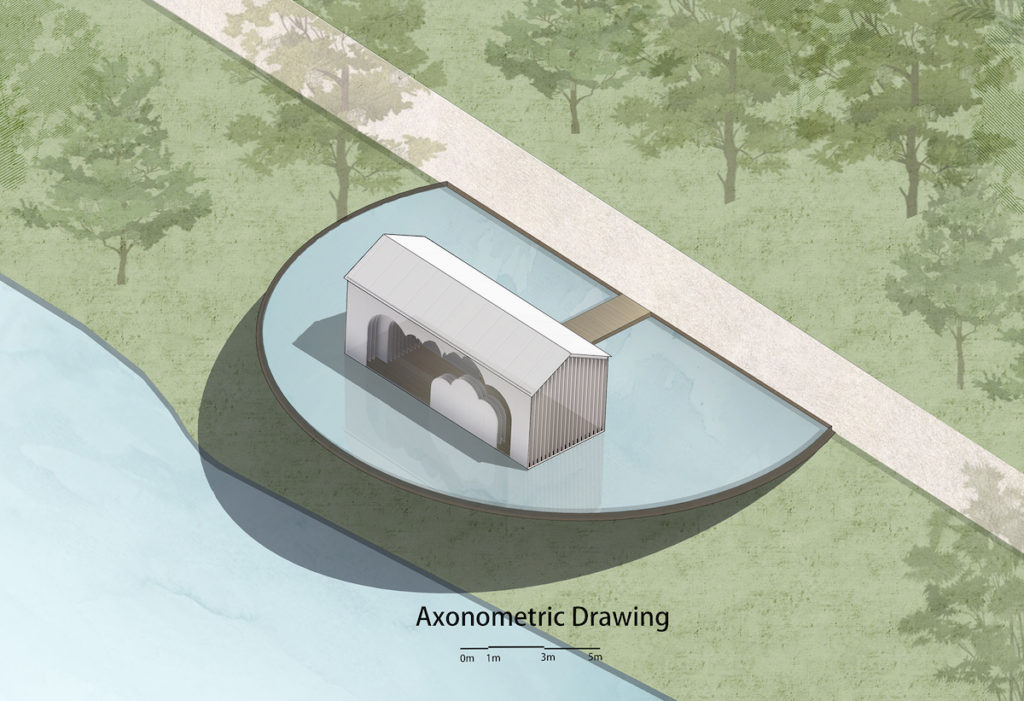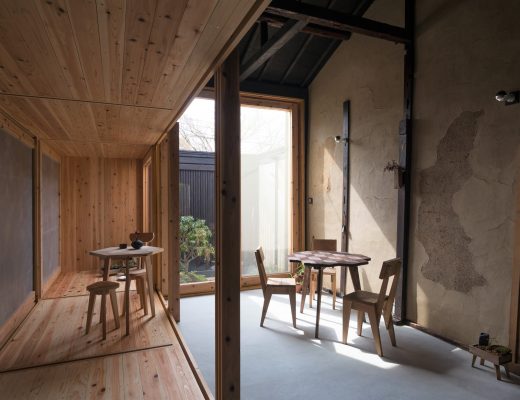Shanghai-based Wutopia Lab, helmed by architect Yu Ting, has converted an abandoned pump house at the Dongtanyuan’s Qian Shao Farm of Bright Food (Group) into Shrine of Everyman – a place of reflection for everyone.
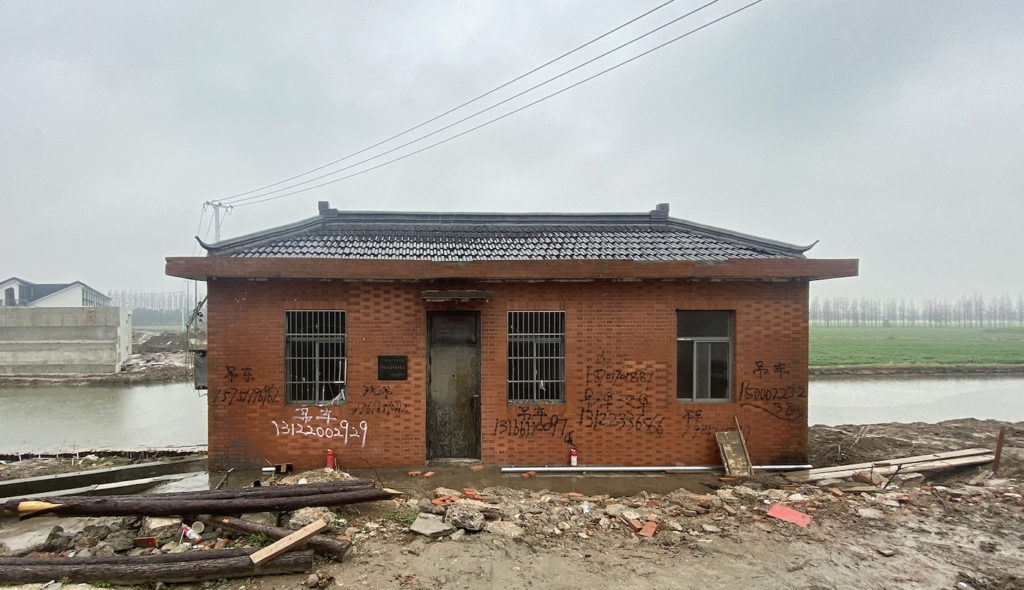

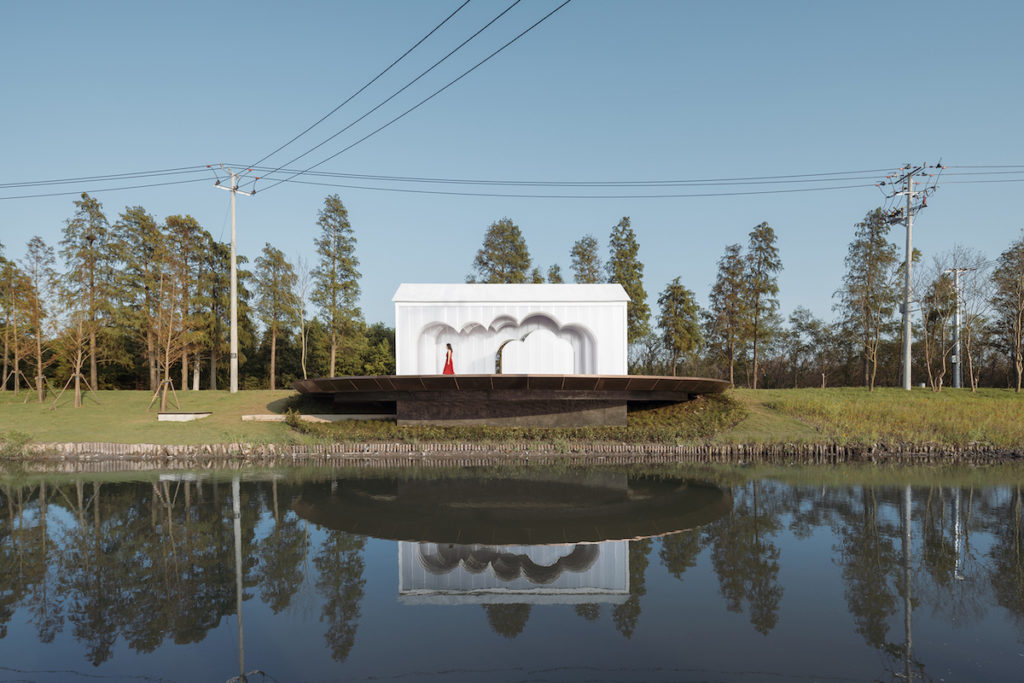
“The client wanted to take advantage of the excellent view of the pump house on the river to transform what was once a farm infrastructure, but is now abandoned, into a rest stop for visitors. However, I did not want to turn the pump house into a structure that the architects manipulated for form but had no connection with the users and the local area,” says Mr Yu.
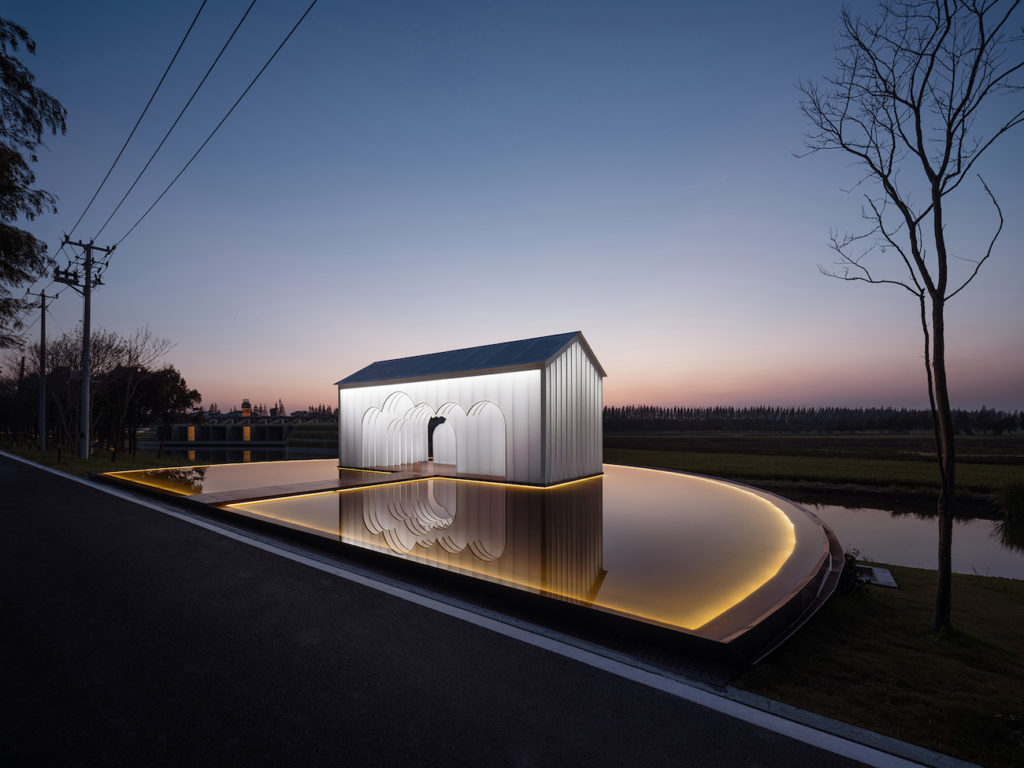
One of the key charms of traditional Chinese culture is that everyday places can be elevated into sacred spaces through the construction of shared memories. This reminded the architect of chocolates. “Milk chocolate, reinvented by Shanghai’s food industry (including the predecessor of Bright Food (Group)) during a time of material scarcity, was a boon to the Chinese people of that period and was once an integral part of Shanghai’s culinary memory,” says Mr Yu. “I decided to use milk chocolate as the theme of the pump room to awaken the memories of ordinary people, who had temporarily forgotten the past because of the great material abundance, while still enjoying life, thus turning an abandoned facility into a sacred space for ordinary people – Shrine of Everyman.”

The architect designed a brown semi-circular pool suspended above the river as a base to separate the pump house from the surrounding daily landscape, which symbolises chocolate. The old pump house was replaced with a new structure of 13 layers of translucent polycarbonate panels standing on the water, symbolising milk. “Using my daughter’s favourite motif, “cloud”, as a symbol – a recurring feature in several Wutopia projects – the layers of polycarbonate panels form jagged doorways and overlapping silhouettes to rewrite the flat experience of the landscape as well as provoke conversations and inspirations,” explains Mr Yu.
The base of the pump house is cantilevered from the rectangular semi-basement to a maximum distance of 4.6m. The structural engineers used beam overhangs near the basement and thin slab overhangs up to 2.5m from the pool. This allows the new pump house to be visually prominent in the surrounding landscape by achieving a floating effect, both from the perspective of the road and from the water surface. The new pump house in the centre of the pond is realised by a horizontal 9.6m span with a minimum structural scale of 85mm steel beams and 60mm steel columns. The Shrine of Everyman was created through the connection of thin steel-sheet-roof, framed by light and translucent polycarbonate “cloud-doors”.
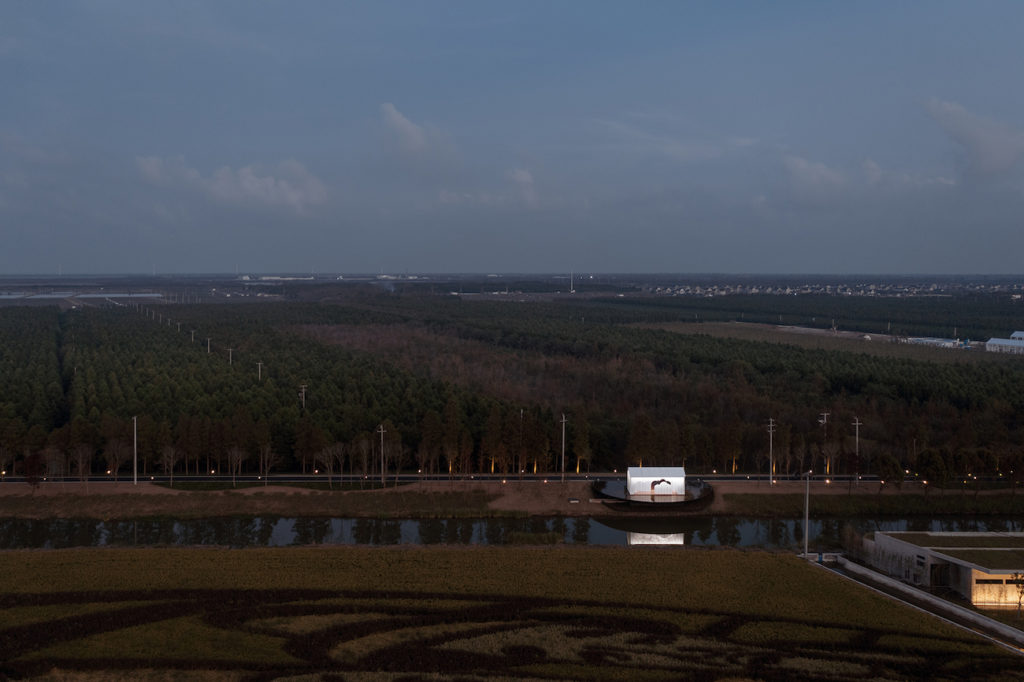
The translucence and the reflection of the pools isolate the site from the rest of the landscape, evoking a sense of sacredness. This is reinforced by the experience of walking through the straight path into the pump room. You walk into the Shrine of Everyman as if you are walking into a space shaped by the shared memories of ordinary people.
Project details:
Project Name: Shrine of Everyman
Address: Chongming District, Shanghai, China
Year of completion: 2021
Area: 35m2
Design Firm: Wutopia Lab
Lead Architect: Yu Ting
Project Architect: Mu Zhilin
Design Team: Nan Xu, Kejie Mi
Construction Design Company: Shanghai Zhumeng Architecture Design Co., Ltd.
Owner: Shanghai Qian Yi Agricultural Development Co., Ltd.
Construction Company: Shanghai New Landscape Architecture Industrial Co., Ltd.
Structural Consultant: Miao Binhai
Lighting Consultant: Zhang Chenlu
Photography: CreatAR Images
You might also like:
Wutopia Lab designs Huangyan outpost of Shanghai’s iconic bookstore inspired by clouds and gardens


